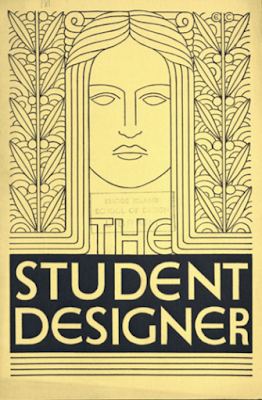In the course of my travels I have visited over a hundred art museums in the US and other countries. Yet, the number of people who do not capitalize on the opportunity to visit the smaller museums in second cities and at universities is surprising. There is so much wonderful art waiting for them to see. So, here are ten reasons to break out and visit smaller art museums in smaller cities.
1. Every museum has something special. There is a reason why these museums were built- to serve as, or house, objects of beauty. Be it the glass collection in Flint, the Tiffany works in Winter Haven the Fabergé collection in New Orleans, or the Leonardo Da Vinci painting in Worcester. You may be quite surprised! The art museum in Worcester Massachusetts has the finest Roman Mosaics and medieval arms collection in the hemisphere. There are beautiful things waiting for you. So check them out.
2. These regional museums are more intimate. Sure, New York's Metropolitan has a great collection, but walking through there and mingling among the throngs can be overwhelming. See the Met, by all means. But, art does not end in Manhattan. Head to Brooklyn, Yale or Princeton and you will be pleasantly surprised.
 |
| A Cyrus Dallin Sculpture in Arlington Massachusetts |
3. The security and staff can be more accommodating. I recently had a private tour at the Cyrus Dallin Museum. A staff member took the time to explain the history behind this amazing sculptor who designed the angel for Salt Lake City's Mormon Tabernacle. The security team at Grand Rapids includes well-informed students; one of whom talked at length with me about the Albrecht Dürer prints display.
 |
| Colby College Art Museum |
5.You get to learn about what is important in that place. The Corning Museum of Glass showcases 35 centuries of the product, while the Washington University's Kemper Gallery has Caleb Bingham's famous painting of Daniel Boone Escorting Settlers through the Cumberland Gap. These museums offer a great way to learn about a region and its history.
 |
| Exhibit at the Corning Museum of Glass |
6. The Museums often have wonderful locations. San Diego's Museum of Art is located in the heart of beautiful Balboa Park. The Getty is on a hilltop overlooking the ocean. Milwaukee's Museum is on the lake. Who doesn't enjoy the walk through a beautiful university campus such as Harvard's to get to the Fogg or Urbana-Champaign to get to the Krannert? If you take your children, they might eventually be motivated to complete their college applications on time!
 |
| The Getty Museum |
7. Visiting museums can make work travel less painful. The first 50 business trips are fun. But after that, being on the road gets old quickly. For a break from client meetings, I have taken consulting teams to art museums in Indianapolis, Toronto, and Cambridge, England which was greatly appreciated. And more than once, I have brought a taxi driver along with me for company. If I am going to pay her to wait, she might as well get some culture!
8. Smaller museums costs less. While visiting a major urban art museum may cost $20-$30 for a ticket and another $20 for parking, these small museums frequently charge less than $10. And parking often is free.
9. It supports these important institutions. These Museums are not just displays, they are cultural centers for their communities, providing art education, AP art history classes, concerts, cultural events and even citizenship ceremonies. When you visit an art museum you are supporting a community's cultural vibrancy.
 |
| The Sharpshooter by Winslow Homer Portland Museum of Art |
10. It gives you a reason to get off the beaten path. If you are visiting the Maine outlets, stop in at the Portland Museum of Art. Take the road less traveled. You will have seen a bit more and have a broader picture of the world.
















